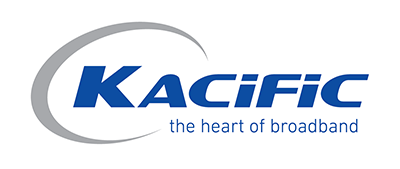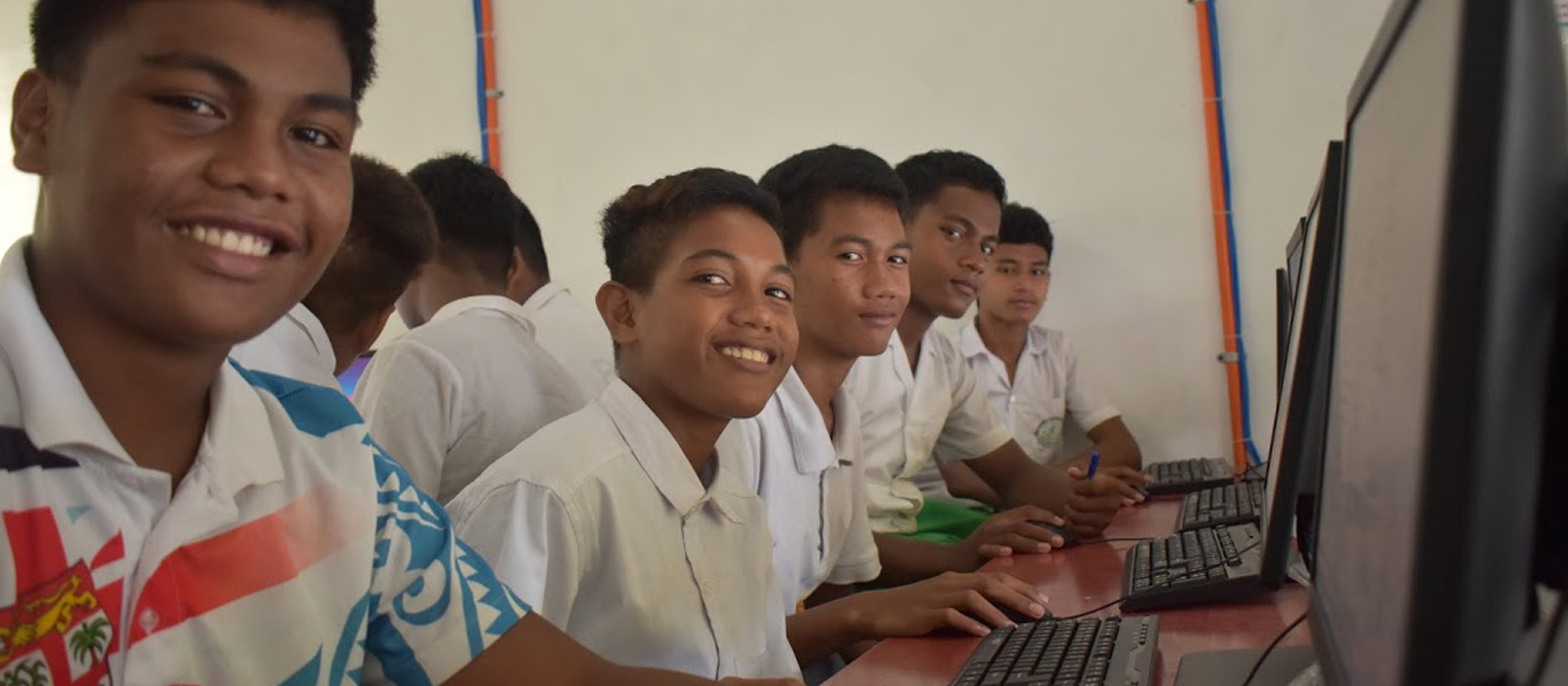
Digital is crucial right now – more so in regions that have less access, making it harder to operate essential services, get up-to-date information, trade, or learn online. However, what I’ve learned at Kacific is that communities in rural and remote areas are natural problem-solvers. If you remove the barriers, these communities will innovate, work together, and thrive.
In response to the COVID-19 pandemic, Kacific’s focus has been to address the barriers to access. First of all, we are offering, through ISP partners, granular, short-term, and scalable pre-packaged bandwidth for residential and business broadband, and community Wi-Fi hot spots. Secondly, we’ve worked with GuarantCo to remove the capital expenditure (CapEx) for governments wanting connectivity for healthcare through the provision of VSAT equipment, installation, and bandwidth at no cost. These sites are enabled with high-speed Internet hot spots to offer community Wi-Fi to residents.
Remove Barriers for Our Small ISP Customers
In an unstable economic situation, long-term commitments make it hard for smaller businesses to grow. That’s why we’ve introduced more flexible plans where small ISPs can increase their commitment as their own network grows. Although this is a more expensive option than long-term and large-volume commitments, this has reduced the risk smaller ISPs take as a business. Instead of focusing on the financial side to build their capacity to grow – raising capital, forecasting budgets, and chasing large deals – they can stay focused on connecting end-users as rapidly as possible.
These scalable plans are working very well for smaller customers and making access easier and more affordable for the end-users. One customer in Papua New Guinea has grown their business by 25 percent month-over-month since our Kacific1 satellite commenced operations!
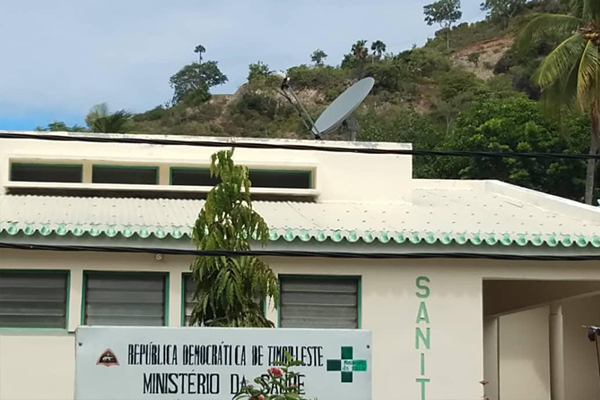
Centre Santoria medical centre, Timor-Leste, using a VSAT to connect to broadband Internet.
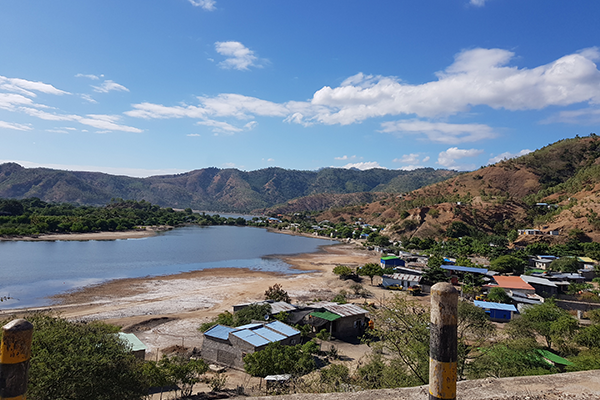
Small community en route to Metinaro City, Timor-Leste. A remote location for medical supplies to reach.
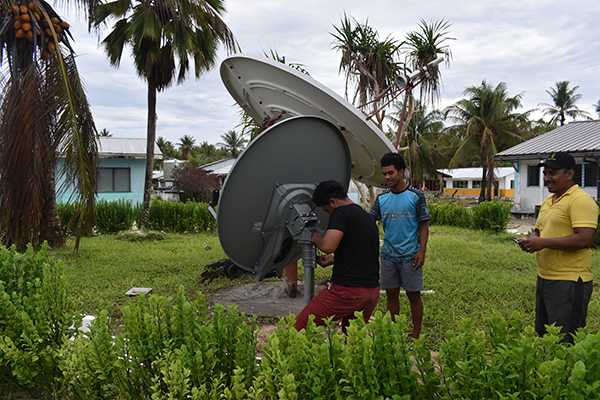
Tuvalu government team installing a satellite dish on Vaitapu atoll, Tuvalu.
Remove the CapEx Barrier for Governments to Rapidly Connect
Raising the funds to set up a communications network has been a barrier to access for a long time, but it is even more acute when budgets are tight. To help governments during COVID-19, Kacific and GuarantCo offered small satellite dishes, installation, and bandwidth at no cost to healthcare departments throughout Asia-Pacific, so they could rapidly connect rural and remote medical clinics to high-speed satellite Internet.
This allows medical staff in smaller towns to respond more efficiently and rapidly as they tackle the COVID-19 virus. Connected clinics give remote medical staff access to up-to-date information, the ability to arrange medical supplies and transport, and the opportunity to work alongside city-based specialists. Internet connectivity helps nations to better track developing clusters of infection. It gives governments the ability to decentralize their healthcare by using their entire network of clinics rather than relying only on their central hospitals.
A financial partner of Kacific, GuarantCo provided a USD 500,000 grant to support this initiative with funding from the Private Infrastructure Development Group (PIDG) Technical Assistance. This generous sum covered the cost of terminals while Kacific offered installation and short-term capacity for free. This gesture shows that improving access in Asia-Pacific needs collaboration between all groups within the sector: from the ISPs and governments to the infrastructure owners and financiers.
Despite strict travel bans, decreased transport routes, and nationwide lockdowns, medical facilities in Papua New Guinea, Timor-Leste, and Vanuatu have taken up this offer. The offer has been expanded to local schools as well. Most of these sites will have Wi-Fi hot spots to connect others around it so that families in these remote communities can work and participate in online education.
At Kacific, we are dedicated to making our high-speed satellite Internet accessible to all. Getting rid of the barriers is an important step to making digital inclusion a reality in Asia-Pacific.
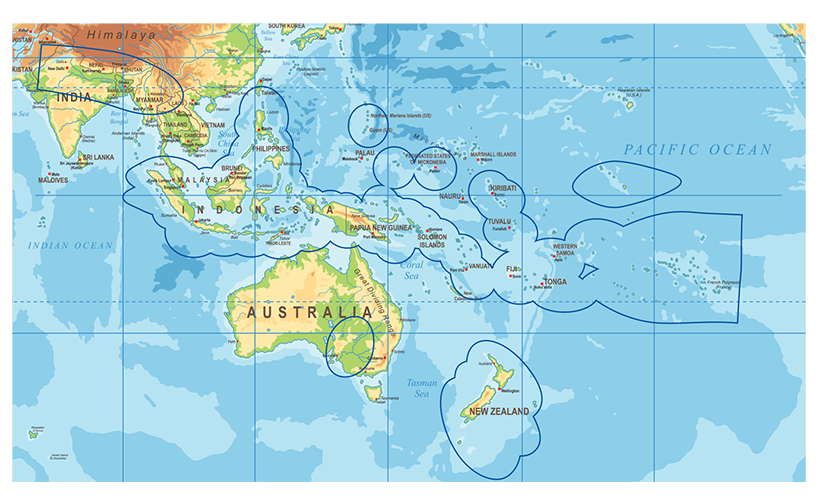
Kacific Coverage Map


 Christian Patouraux
Christian Patouraux